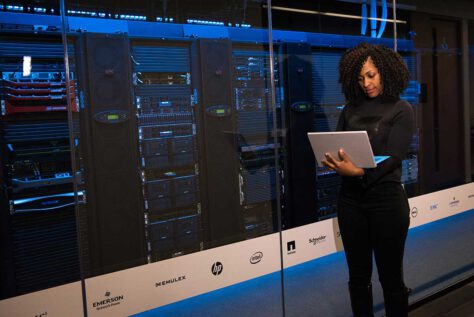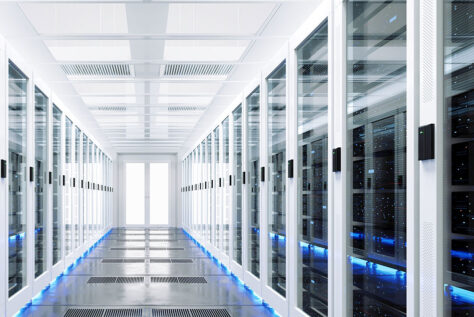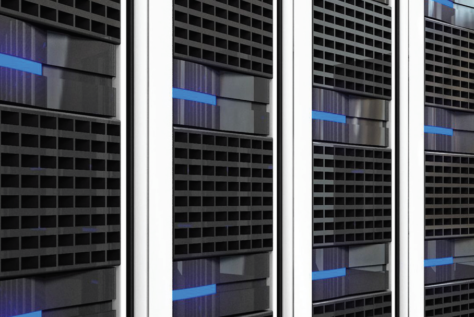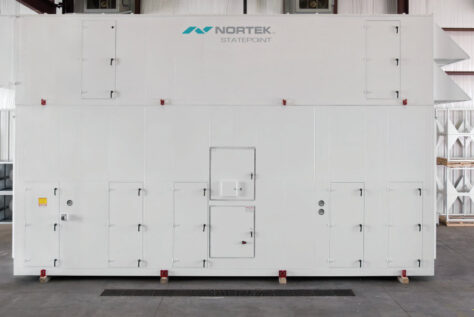Welcome to our 20th Data Center Executive Roundtable, a quarterly feature showcasing the insights of thought leaders on the state of the data center industry, and where it is headed.
Our Third Quarter 2020 roundtable offers insights on four topics: The evolution of hyperscale computing, the impact of new AI chips on rack power density, trends in interconnection, and how the COVID-19 pandemic is prompting innovation in data center management. The conversation is moderated by Rich Miller, the founder and editor of Data Center Frontier. We begin with a look at our panel’s outlook for hyperscale computing.
Data Center Frontier: More providers are targeting the hyperscale computing market, and more customers appear to be “graduating” to super-sized requirements. How is this market changing, and what are the keys to success in serving the hyperscale sector in 2020 and beyond?
Kevin Facinelli, Nortek Air Solutions: The data center movement toward 30 MW and more recently to super hyperscale 100 MW facilities were once associated with just large social media captive assets, but now we see colocation operators and other parts of the industry increasing to these sizes, too.
Consequently, these operators are becoming increasingly concerned with operational costs they typically pass on to tenants. As colocation competiveness increases, data center tenants are choosing operators that employ the most sustainable initiatives to keep costs down.
So, sustainability is equally important as uptime and efficiency. Sustainability is increasingly coming into play as tenants plan future expansions within the facility, especially when it entails an entire floor or a majority of a building.
The last few years colocation providers were trying to accommodate the industry’s exponential growth and demand with buildouts within their applications. Now, PUE and WUE are serious sustainability issues they want to improve during retrofits and new construction.
For new facilities, geographical positioning in terms of water and power availability, and climate is critical. Geographic positioning also affects choices for interconnection to intra-company data centers to minimize latency and enable the redistribution of IT loads to nearby locations during peak periods.
Geographical choices and operating costs are key to sustainability. Therefore, many data center operators are looking for liquid cooling equipment that can operate with the lowest PUE, WUE and if possible, take advantage of geographical climates. Geographical location availability becomes significantly more abundant with liquid cooling equipment that offers a variety of operational modes, such as evaporative, adiabatic, super evaporative and others. New technological advances in liquid cooling equipment can automatically switch to the most sustainable operational modes, depending on the ambient temperature and humidity variances throughout the hour, day, week or year.







